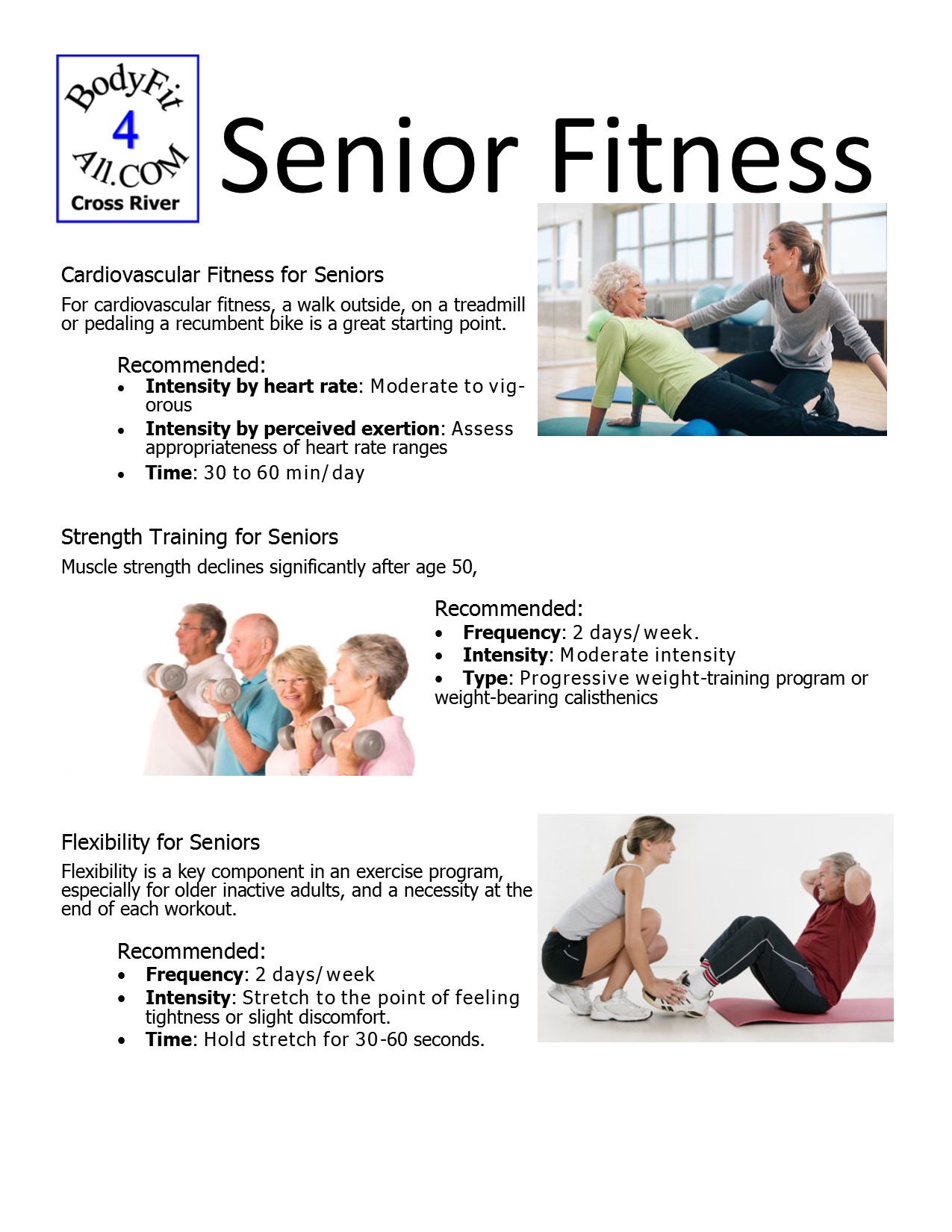

Gripping creates anticipatory stability further up the chain at the shoulder and trunk. Instead, the opposite is true! A firm grip on a handle generates natural priming of the shoulder stabilizers to optimize the mechanics of the upper torso. “If your goal is to improve muscular activation and recruitment around the shoulder girdle in isolation, we need to minimize the irradiation effect, NOT maximize it.”īut, dive deeper into research and biomechanics, and you’ll find that irradiation is not actually the enemy. Suggesting that by gripping the wrist cuff, the larger muscles of the arms “overtake” the target muscles. Irradiation is presented as a bad thing in this other article regarding arm care. As explained in the wrist cuff article, if you squeeze your fist tightly, tension is formed in the arm muscles all the way to the back. Muscle irradiation is a principle of human movement that states tension in one muscle will spread causing increased tension in adjacent muscles.

We’ll explore this further so you can implement the best strategies to maximize your arm care routine. Alternatively, several studies show a positive correlation between hand-gripping activities and improved rotator cuff function (1-6). While this theory sounds plausible, it is not supported by research. You can read the article here: Why You Should Be Using The Wrist Cuffs On Your J-Bands, but the main point being made is by attaching the load to the wrists instead of gripping with the hands, you will increase the activation of the rotator cuff without compensations coming from secondary muscles. Although the advice was well intended, an even better option presents itself when you look deeper at the evidence. A recent article went around pumping up the advantages of wrist cuffs when doing arm care.


 0 kommentar(er)
0 kommentar(er)
